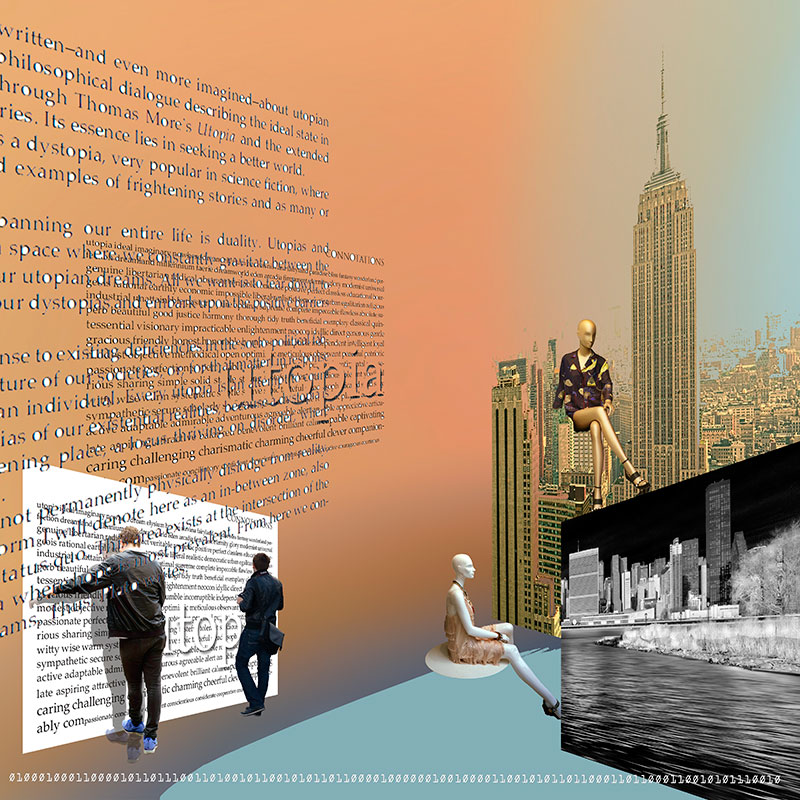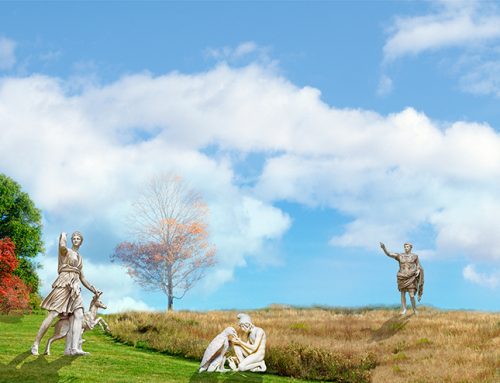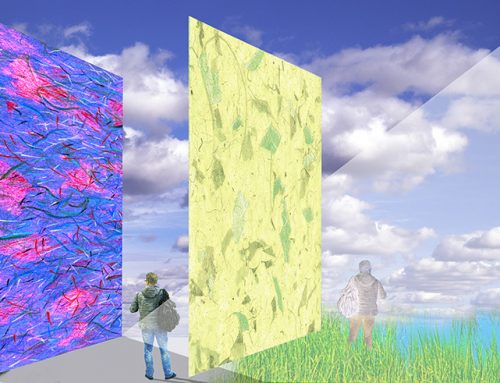‘It takes two to Tango Word+Image Art interactions’ a new book by Daniel Heller.
Ever since the birth of the phrase ‘Ut Pictura Poesis’, combining word and image, the two sign systems into one form of artistic expression has never been easy. The practice of merging the two sign systems to create artifacts has been practiced since antiquity. But the art of the word (poetry) and the art of the image (painting) have been rivals for just that long.
Poetry and painting have been coined ‘The Sister Arts‘. The famous quote ‘Ut Pictura Poesisis‘ has been mentioned in many scholarly texts of literary and visual art theory. The provenance of the Latin quote is a poem written by Horace about 19 BC titled Ars Poetica (The Art of Poetry), in which the lyric poet advises his fellow poets on the art of writing poetry and drama. The quote means: “as is painting so is poetry”. Horace introduced this analogy to convey the idea that imaginative poetry, merits the same careful interpretation as painting. The quote has been used in many works of literary criticism mostly since the Renaissance, a period during which poetry was largely considered superior to painting.
It may be helpful to review the reason for the rivalry between poetry and painting. The tradition of first learning of grammar, logic, and rhetoric was established in ancient Greece. These three subjects formed the basis of the trivium, an educational curriculum in the Medieval education system. Poetry and music were taught in schools, however, ‘painting’ was not, so this fact is at the core of said rivalry between the two arts. The art of painting was not sought of as particularly important to be formally taught. Painting had the reputation of being a mechanical craft done by hand and therefore not worthy of respect.
Eventually, ‘painting’ was later on institutionalized through Design. Giorgio Vasari in his book Lives of the Most Excellent Painters, Sculptors, and Architects was instrumental in doing that. The Academy of Design in Florence established in 1563, was the first school to provide support and training, thus elevating the artist/painter at a time when literary academies had already existed.
But the debate over which of the Sister Arts is superior has continued, and the philosophers, literary scholars, and artists expressing opposing opinions on the subject, not surprisingly, haven’t been able to reach a consensus. And so, word and image have been fighting each other ever since ‘Ut Pictura Poesis’.
IMAGE
Just what is an image? Roland Barthes in his book The Rhetoric of the Image (1977), wrote that the word image originates from Imitari the Latin term for imitation. Jacques Rancière in The Future of the Image writes: ‘‘Image’ therefore refers to two different things. There is the simple relationship that produces the likeness of an original: not necessarily its faithful copy, but simply what suffices to stand for it. And there is the interplay of operations that produces what we call art: or precisely an alteration of resemblance.’
Upon reading the many dictionary definitions of the word image, it becomes evident that it is practically impossible to narrowly define the meaning of the word image despite the fact that entire books have been written on the subject and many scholars have tried to. In my upcoming new book, It Takes Two to Tango Word+Image Art Interactions image refers to any form of graphical visual representation otherwise also known as picture, illustration, photograph or drawing that is created on a surface.
As of this writing, the image in graphic novels, comic books, manga, and the likes, still acts only an adjunct to, as auxiliary to the word. This is particularly the case with manuals where the main purpose of an illustrative image is to assist with education or to explain the text. Outside the educational segment, printed books, for the most part, do not excessively include pictures. The main reason for this is that books are first written and if at all only later illustrated. Additionally, there is a high cost attributable to color printing associated with color pictures. Low cost commercial six by nine fiction or romance books have no pictures, except for the image on the book’s cover.
Where the equation changes and the image becomes extremely important and overrides the word is in fashion catalogs, art books, technical instructional manuals or educational materials and publications which specifically require high-end imaging content to create or explain unequivocally a narrative. Some of the functions that images have in our daily lives:
Image as a communicator: whether intentional or not, all images communicate a message. As of this writing, the image has become the main communication tool by which people convey ideas, express themselves in art, film, commercial marketing, advertisements and last but not least in the social media outlets. Although the image has become the central medium of communication, the word still does matter.
Image as auxiliary to text: an image is a graphic visual pictorial device that can act as auxiliary or be an equal partner to any text in the creation of integrated communication, advertisement or a storytelling a narrative. The artworks in this book are experiments that were performed by combining text acting as auxiliary to the image, and images as auxiliary to the text, in the process of meaning-making.
Image as a signifier: an image acts as a signifier which is the form itself and a signified which is the idea, the subject matter that a signifier is attempting to represent. The success or failure of the process depends on the ‘visual literacy’ of the audience.
Image as artistic expression: an artist may choose an infinite number of image types to convey an artistic narrative. Drawings, paintings, photographs, pictures are all images. The choice of applied styles and techniques of creation, how the image is manipulated ranging from pictorial to abstract is also limitless.
Image as a historic marker: the image tool, the device that acts most accurately in this capacity as a historic marker is a photograph. Images that were captured long ago on film are today part of history, a visual record of a point in time, that will never exist again, therefore, perhaps, was most important to capture as a record.
But the image has many opponents.
In his book The Image (1962) the historian Daniel Boorstin writes: ‘…we are threatened by a new and particularly American menace. It is not the menace of class war, of ideology, of poverty, of disease, of illiteracy, of demagoguery, or of tyranny, though these now plague most of the world. It is the menace of unreality’. This assertion summarizes a Platonic doctrine 2400 years old, and all the fear of images in between.
The main opponents of the image tend to point towards its’ ambiguity, as being a graphics device with multiple meanings. The strength of the image is in allowing a viewer to see an entire picture all at once, they can look at the image without input and perceive space at one particular moment in time. It is also accurate to say that images have the capacity to express more than one meaning at once (Umberto Eco).
However, scholars have noted that the ‘visual turning point’ has arrived. W.J.T. Mitchell was the first to coin the term ‘pictorial turn’ in 1992, later to appear in his influential book Picture Theory (1994).
It appears that the hegemony that word had had over image for centuries may have come to an end, image is the uncrowned new king, despite the fear of it.
WORD
Just what is a word? The word at its’ core is a sign system, as well as an image. It is difficult to narrowly define the word in a precise manner and multiple dictionary entries try to do this.
We all know what word means but sources may differ on a precise definition. The word (text) is part of a language system that we understand because we learned how to read, first through pictures than through text. It is our main means of communication in both verbal and writing modes, the tool for creating one of the Sister Arts, poetry.
In the Rhetoric of the Image (1977), Roland Barthes contends that a ‘linguistic message’ is present in every image. This, through ‘…title, caption, accompanying press article, film dialogue, comic strip balloon…’. Barthes than derives the conclusion that ‘it is not very accurate to talk of the civilization of the image we are still, and more than ever, a civilization of writing.’ Perhaps Barthes was right at the time of his writing, however, we are now in a different place in time. More than ever now, Barthes’ assertion that our civilization is a ‘civilization of writing’ can be and is challenged by many scholars. Writing has not become obsolete but the image at this time has the upper hand over the word and we are now more of a civilization of the image than a ‘civilization of the word’.
Perhaps the most important thing to acknowledge about the word is that text can express concepts, it can reason and create discourse and words can pin down facts with precision.
But the two sign systems have not found the perfect common ground yet. As of this writing, the output (production) of so-called ‘Visual Literature‘ for adults, the trade books produced commercially is practically non-existent.
As Chis Russell correctly points out: ‘Of course, trends in both book publishing and visual art shifted considerably in the 20th century, and the practice of publishing visual representations alongside text in adult literature saw a major decline, and book illustration became increasingly associated with children’s literature and “low-brow” or popular writing (such as Classics Illustrated). At the same time, figurative art was similarly shunned in the art world as outdated and taboo’ – Chriss Russell January 14, 2016, in LitHub.






